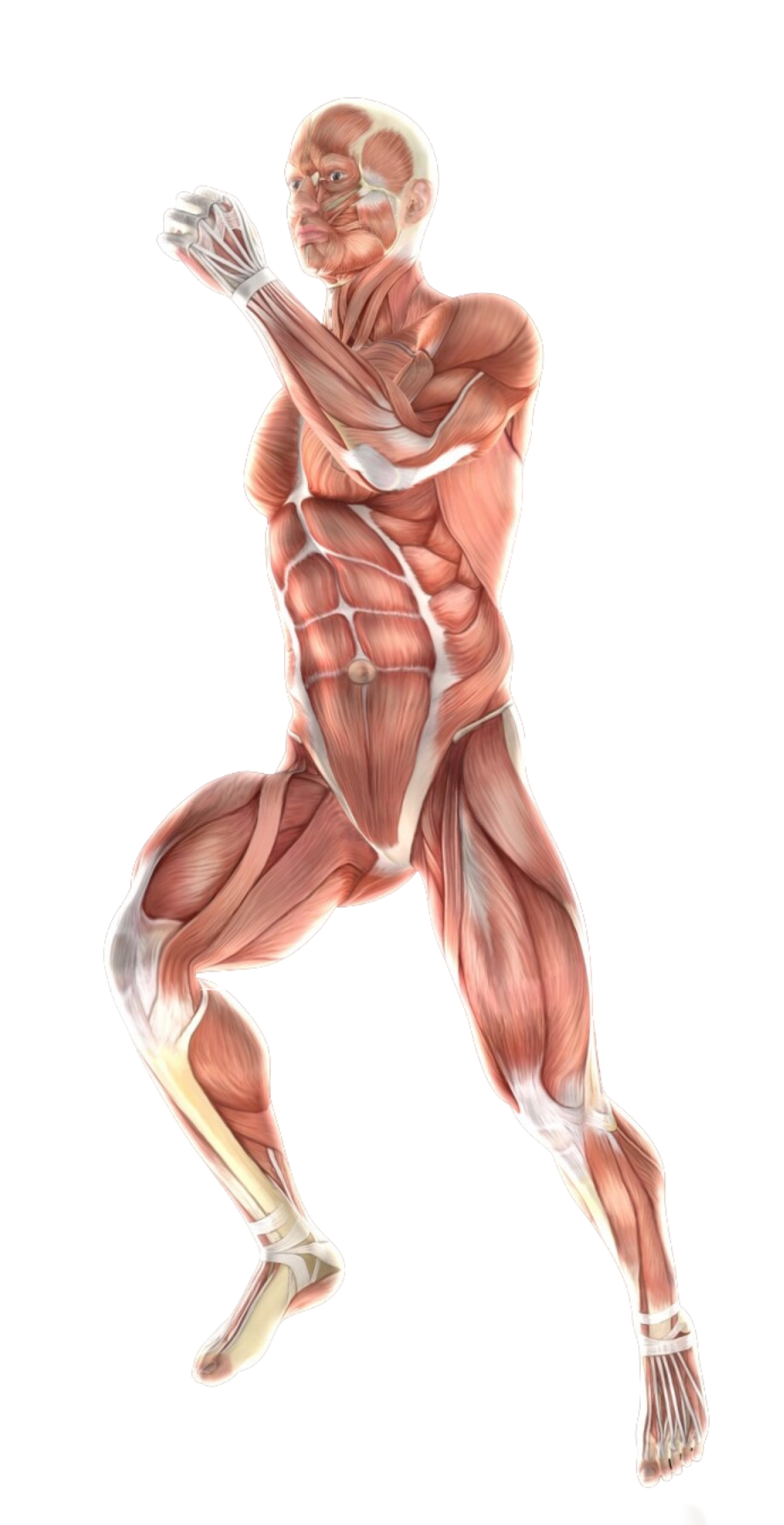- #11-13 Mount Elizabeth Medical Centre (Orchard)
- Mon Fri 9am — 6pm | Sat 9am — 12.30 pm
The rotator cuff is a group of muscles and tendons that make up an important part of the shoulder joint. These structures work together to provide stability and allow a wide range of motion in the shoulder. A rotator cuff tear refers to a partial or complete tear in one or more tendons within the rotator cuff. This injury can cause significant pain and weakness in the shoulder, limiting your ability to perform daily activities.
Although osteoarthritis can affect any joint in the body, the hip is a weight-bearing joint and is especially susceptible to tearing over time. In osteoarthritis of the hip, the cartilage gradually wears away, exposing the underlying bone.
The most common symptoms of a rotator cuff tear include:
It is important to note that these symptoms can sometimes be caused by other conditions affecting the shoulder joint. Consultation with a health care professional is essential for proper diagnosis.
Rotator cuff tears can be caused by a variety of factors:
Certain factors can increase your risk of a rotator cuff tear:
Diagnosis of a rotator cuff tear usually includes:
Imaging tests can be helpful in diagnosing and confirming the severity of the tear:
Although X-rays are not always diagnostic for the early stages of osteoarthritis, they can be helpful for:
Treatment for a rotator cuff tear depends on the severity of the tear, your age, activity level, and overall health. Here’s an overview of common treatment options:
This is the mainstay of treatment for most rotator cuff tears, especially small tears or younger people. This usually includes:
Surgery is usually considered for large tears, significant weakness, or persistent pain that does not respond to nonsurgical treatment for several months. Here are some surgical options:

Spine - Neck
Shoulder & Elbow
Spine — Back
Wrist & Hand
Knee Pain
Ankle Pain
Foot Pain
Book a consultation with us for a more comprehensive diagnosis and a personalised treatment plan best suited to your needs.

Spine - Neck
Shoulder & Elbow
Spine — Back
Wrist & Hand
Knee
Ankle
Foot